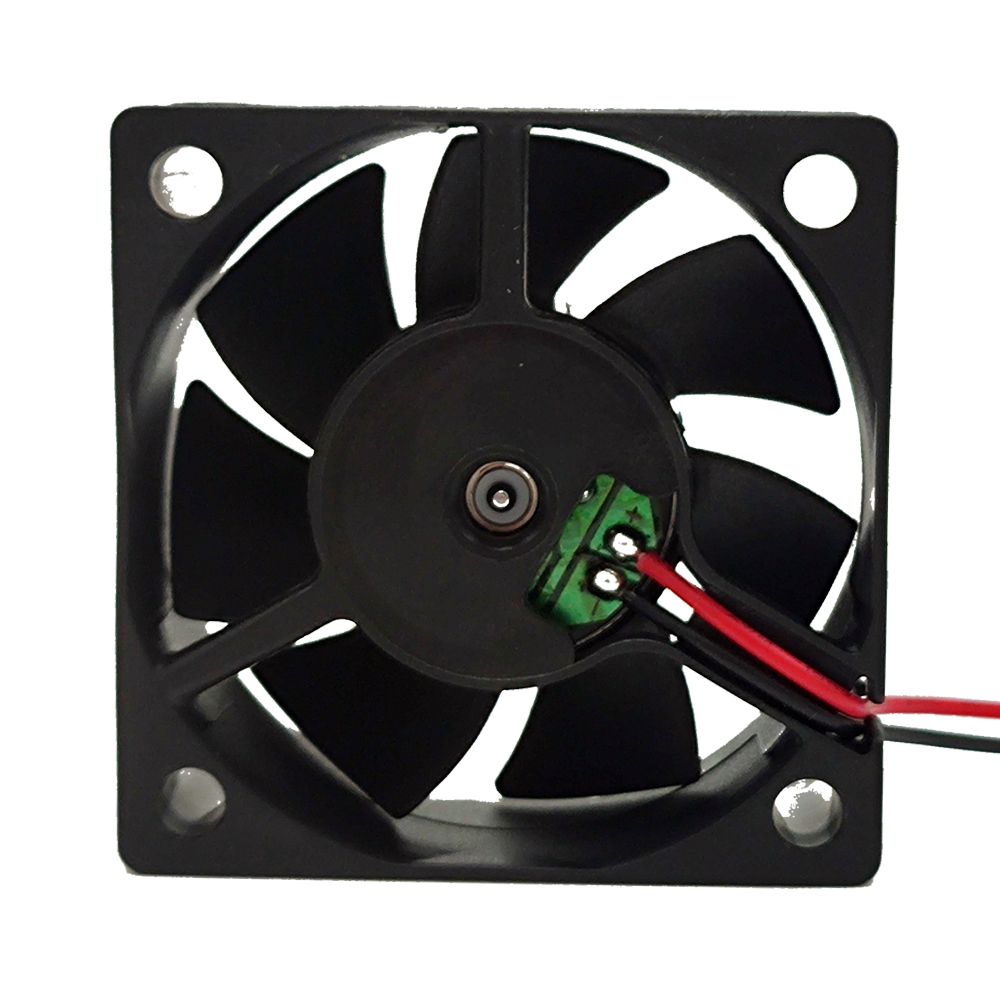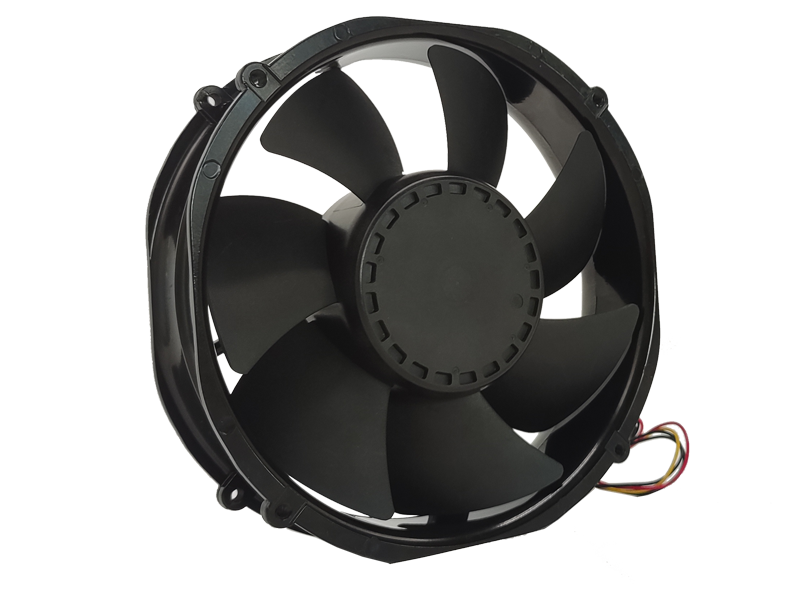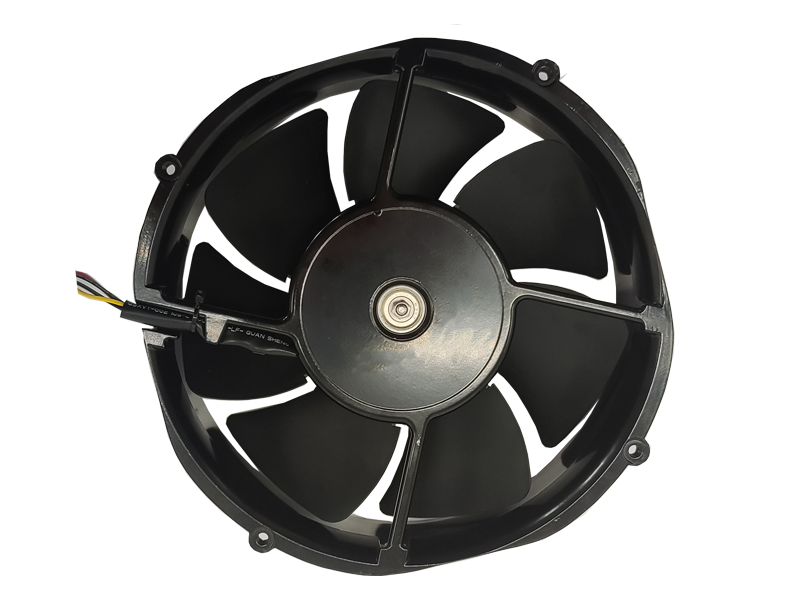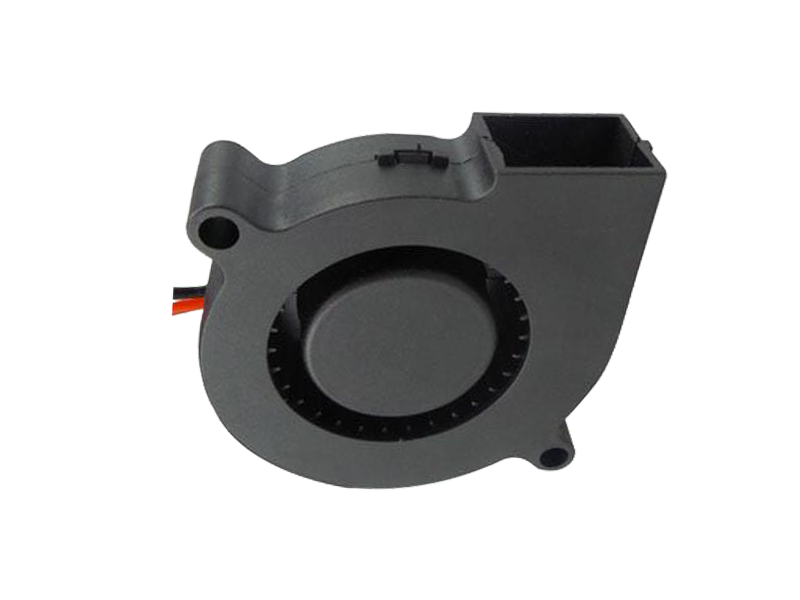Industrial fans are critical components in a variety of sectors, providing essential cooling and ventilation to maintain optimal performance in factories, warehouses, and manufacturing plants. From large-scale production facilities to precision-heavy industries, the role of industrial fans extends beyond simply circulating air; they ensure safety, improve energy efficiency, and help prevent overheating of equipment. This article will explore the importance of industrial fans, their design features, and how technological advancements are shaping the future of cooling systems.
The Importance of Industrial Fans in Industrial Applications
In an industrial environment, managing heat is one of the most critical aspects of maintaining efficiency and safety. Whether it's cooling machinery, exhausting fumes, or improving air quality, industrial fans are indispensable. The demand for industrial fans spans a range of sectors, including manufacturing, agriculture, HVAC, automotive, and energy production.
Preventing Overheating of Equipment: Industrial machinery generates substantial heat during operation, and without adequate ventilation, these high temperatures can cause equipment failure. Industrial fans are designed to regulate temperature by promoting airflow around sensitive components, preventing overheating and ensuring smooth operation.
Air Circulation and Ventilation: Proper air circulation is essential to maintaining a comfortable and safe environment. In many industrial settings, the air can become stale or contaminated, leading to potential health risks for workers. Industrial fans improve ventilation by expelling harmful gases, smoke, and excess humidity from the environment, providing fresh air and ensuring workers' safety.
Dust and Particle Removal: In industries such as mining, woodworking, and textiles, dust and airborne particles pose a significant risk to worker health. Industrial fans equipped with filtration systems help trap and remove dust, improving air quality and reducing the risk of respiratory diseases.
Energy Efficiency and Cost Reduction: An efficient fan system reduces energy consumption and operational costs. With advancements in fan technology, modern industrial fans are optimized for energy savings without compromising on performance. For instance, variable-speed drives (VSD) and EC (electronically commutated) motors allow fans to adjust their speed based on real-time conditions, which leads to energy efficiency.
Key Design Features of Industrial Fans
Industrial fans are not a one-size-fits-all solution. Depending on the application, different designs, sizes, and features must be considered. Here are the key factors that influence the design of industrial fans:
Fan Type: Industrial fans come in several types, each suited to specific applications. The most common fan types include:
Axial Fans: These fans have blades that rotate around an axis, pushing air in a direction parallel to the axis of rotation. They are typically used for cooling large areas and applications where high air volume is required.
Centrifugal Fans: These fans move air at right angles to the intake, making them ideal for high-pressure applications. They are commonly used in air filtration systems, HVAC systems, and industrial exhaust systems.
Mixed Flow Fans: These are a combination of axial and centrifugal fans. They are designed to provide a balance between high airflow and high pressure.
Propeller Fans: These fans are suited for large, open areas and are commonly used in warehouses or factories to maintain ventilation in spaces that require high airflow.
Size and Capacity: The size of an industrial fan directly impacts its airflow capacity, typically measured in cubic feet per minute (CFM) or liters per second (L/s). The right size fan must be chosen based on the area of coverage and the amount of air that needs to be moved. For instance, large industrial spaces may require fans with high airflow rates, whereas smaller applications may benefit from compact, high-efficiency models.
Motor Technology: The motor is the heart of any industrial fan. Advances in motor technology, such as the development of EC motors, have led to more energy-efficient fans. These motors use less electricity while delivering higher performance, reducing both operational costs and carbon footprints.
Fan Blades: The design of the blades, including their material, shape, and angle, affects the fan’s efficiency and performance. Fans designed for higher airflow generally have wider, more robust blades, while those designed for higher pressures have narrower blades that can handle more resistance.
Noise Control: Noise can be a significant issue in industrial environments, and selecting fans that operate at low noise levels is crucial. Innovations like acoustically engineered blades, optimized motor placement, and vibration dampening systems help mitigate noise in industrial fan designs.
Durability and Materials: Industrial fans must withstand harsh environments, including exposure to high temperatures, humidity, corrosive chemicals, and abrasive particles. The choice of materials such as galvanized steel, aluminum, and stainless steel ensures that the fan can endure these conditions without compromising performance.
The Future of Industrial Fans: Trends and Technological Advancements
As industries continue to evolve, so do the demands placed on industrial fans. Here are some key trends shaping the future of fan technology:
Automation and Smart Systems: The integration of smart systems and sensors into industrial fans is becoming increasingly common. These systems enable fans to operate based on real-time data, adjusting speed and airflow to meet specific requirements. This can lead to more precise control over temperature and ventilation, improving overall system efficiency.

IoT and Predictive Maintenance: The Internet of Things (IoT) allows industrial fans to connect to centralized monitoring systems. These systems can predict when maintenance is needed, helping to avoid unexpected failures and reduce downtime. Predictive maintenance capabilities are revolutionizing the way industries manage their equipment, leading to increased longevity and reduced operational costs.
Energy-Efficient Designs: With growing concerns about energy consumption and sustainability, manufacturers are prioritizing energy-efficient fan designs. Innovations in materials, motor technology, and variable-speed systems are helping to reduce the energy required to operate industrial fans, resulting in cost savings for businesses and less environmental impact.
Hybrid Cooling Systems: Hybrid systems that combine industrial fans with other cooling methods, such as evaporative cooling, are gaining popularity. These systems take advantage of multiple cooling techniques to optimize performance while reducing energy consumption.
Conclusion
Industrial fans are crucial components in the smooth operation of modern industries, providing effective cooling, ventilation, and energy efficiency. By understanding the design principles and technological advancements behind industrial fans, businesses can choose the best fan systems that align with their needs. As technology continues to evolve, industrial fans will become even more intelligent, energy-efficient, and capable of meeting the increasing demands of diverse industries.
Recommended Products

The main purpose:Car charging station

The main purpose:Car charging station

The main purpose:Electronic refrigerators, water dispensers, direct drinking machines, inverter power supplies
Address:No. 4137, Longgang Avenue (Henggang Section), Henggang Community, Henggang Street, Longgang District, Shenzhen
hotline:13530005572(Chen)15112579390(Li)


Welcome all friends to come for consultation and negotiation.
Copyright 2024 @ Shenzhen Youneng Xinyuan Electronics Co., Ltd.,(industrial fans,industrial blowers,axial fans,cooling fans manufacturer,centrifugal fans,ac cooling fans,dc cooling fans)